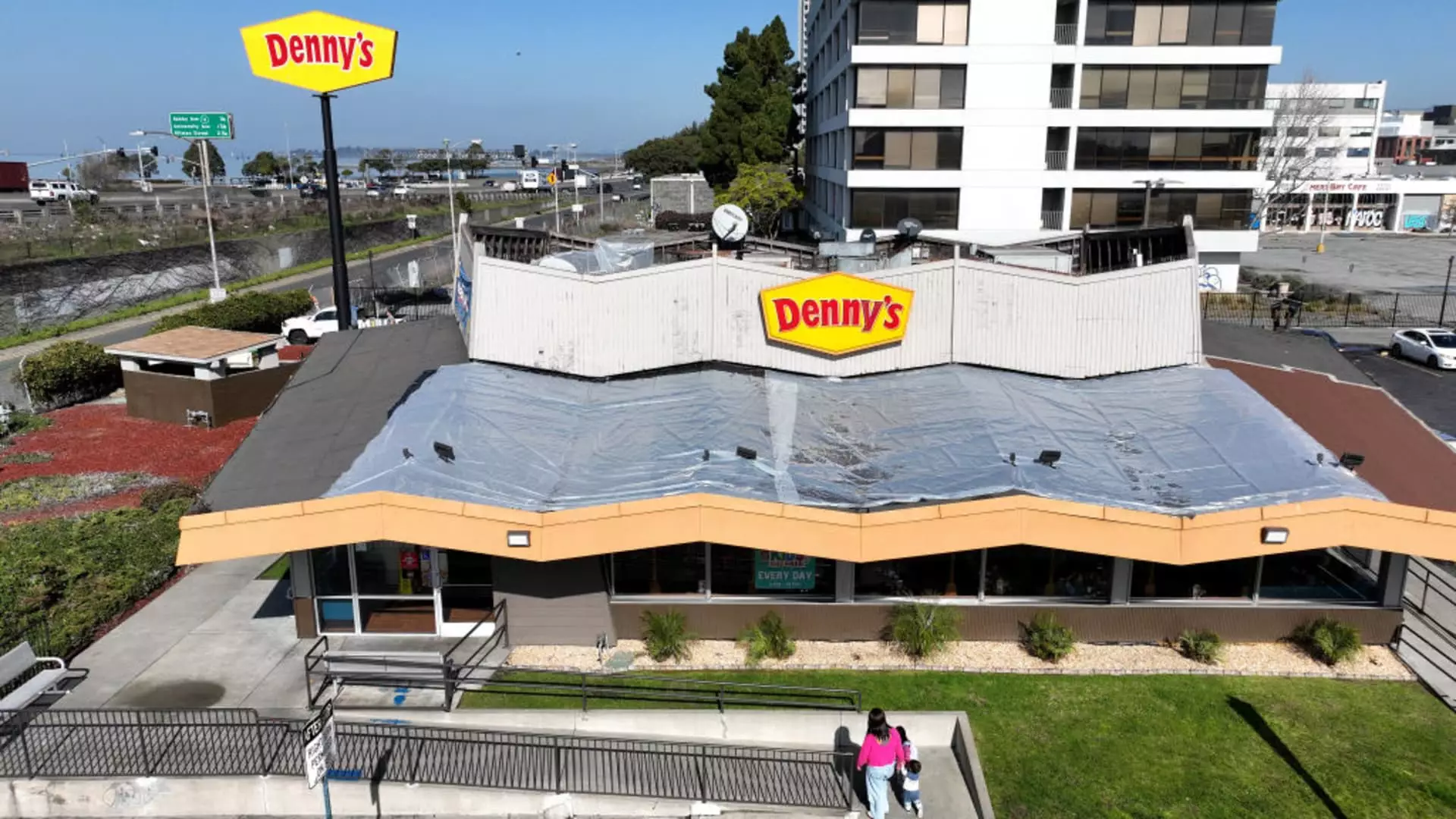The restaurant industry faced significant turbulence in 2024, marking a year of closures and decreased patronage for many chains. Economic factors, primarily persistent inflation, led consumers to tighten their wallets, causing a notable decline in dining out. People sought value in their meals, resulting in subdued spending at restaurants. According to insights from Black Box Intelligence, the first ten months of 2024 were marked by a slump in restaurant visits across the United States, highlighting a stark shift in consumer behavior. As diners sought to maximize their budgets, the restaurant industry was faced with dwindling sales, setting the stage for a wave of bankruptcies.
As financial pressures increased, a surprising number of restaurant companies succumbed to bankruptcy filings. In stark contrast to previous years, twenty-six chains sought Chapter 11 protection—a figure that is nearly three times higher than during the pandemic’s peak in 2020. This alarming rise in filings underscores a critical juncture for the industry, as it grapples with a landscape drastically altered by changing consumer preferences.
The quick-service and fast-casual models have reshaped the eating-out experience, leaving traditional casual-dining establishments struggling to maintain relevance. The advent of fast-casual powerhouses such as Chipotle and Sweetgreen has irrevocably changed what diners expect in terms of convenience and quality. Customers who once frequented sit-down restaurants have increasingly gravitated toward these alternatives, seeking not just affordability but also a quick dining experience with a focus on healthier options.
Despite the growing popularity of fast-casual dining, many established chains that pioneered casual dining have not adapted swiftly enough to this shift. Their struggles are exemplified by recent announcements of closures that underscore an urgent need for strategic repositioning. Wendy’s, for instance, revealed plans to shut down 140 underperforming locations while still anticipating a stable overall restaurant count, indicating that even dominant players are forced to adapt.
The trend of closures isn’t limited to Wendy’s. Prominent names such as Applebee’s, Denny’s, and TGI Fridays have also announced significant reductions in their footprints. Applebee’s revealed intentions to close between 25 and 35 locations this year, reflecting ongoing declines in same-store sales that have persisted for six consecutive quarters. Meanwhile, Denny’s opted to shutter around 50 locations this year alone, with plans for an additional 100 closures by the end of 2025. Executives suggest that these closures will likely lead to improved performance metrics for the remaining restaurants, a necessary step for the chain’s financial recovery.
TGI Fridays, meanwhile, resorted to bankruptcy as a last-ditch effort for survival. Before its Chapter 11 filing, it made the difficult decision to close 86 restaurants, cutting its presence down to approximately 160 locations worldwide. Such drastic measures illustrate the harsh realities these chains now face.
Even the seafood niche is not immune to the pressures of the current dining landscape. Red Lobster, once a staple in casual dining, closed over 120 locations in 2024 alone, pushing the boundaries of the chain’s stability. Although they did secure new ownership and management after filing for bankruptcy, the future remains precarious, leaving patrons uncertain about the chain’s long-term sustainability.
Fast-casual dining chains have not escaped scrutiny either. Noodles & Company decided to shut down approximately 20 locations following an extensive review process of its restaurant footprint. Their assessment was intended to streamline operations and bolster financial viability, emphasizing that even successful brands are reevaluating their market position.
Looking at the industry’s future, it’s crucial to note that the relentless closures and bankruptcies highlight a need for innovation. Many analysts believe that a robust recovery hinges on the industry’s ability to adapt to shifting consumer expectations. Establishments must not only offer quality food but also prioritize efficiency, convenience, and a diverse menu tailor-designed to appeal to modern diners.
Restaurant chains have a challenging road ahead as they strive to navigate through this tumultuous period. While the current landscape reflects an urgent crisis, there is potential for rejuvenation through strategic realignments and innovative practices. As consumers gradually adapt to their post-pandemic routines, the ability of restaurants to respond creatively to their demands may dictate whether any of these historical giants can rewrite their narratives in an evolving marketplace.

